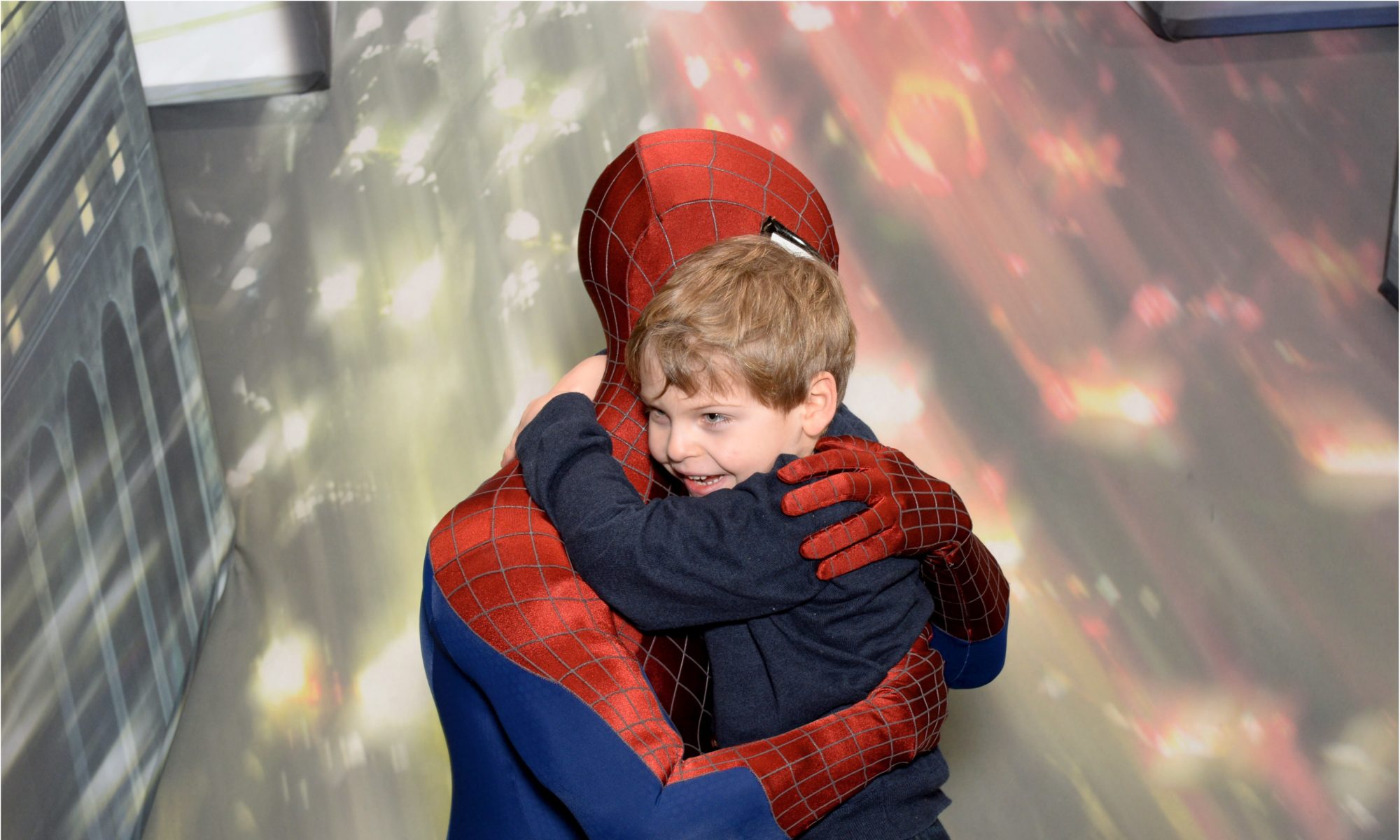https://www.biorxiv.org/content/10.1101/670794v1.full
Finally I found publication about CD14 cells in cord blood from Duke!
here Duke study about CD14 +
Cd14 in cord blood
they found potential not in perepheric blood !!!so not all cd14 are equal :
« Gene expression microarray analysis demonstrated that compared to PB-CD14 monocytes, CB-CD14 monocytes over-expressed several secreted proteins with potential to protect neurons. Differential expression of five candidate effector molecules, chitinase 3-like protein-1, inhibin-A, interleukin-10, matrix metalloproteinase-9 and thrombospondin-1, were confirmed by western blotting, and immunofluorescence. These findings suggest that CD14 monocytes are a critical cell-type when treating HI with CB-MNC. »
« intravenously injected CB-MNC products [55] do not need to reach the brain in order to promote repair of stroke or other HI brain injury. Instead, cell products
reaching the lungs or spleen may induce endogenous cells to produce soluble factors or activated
cells that go to the brain and mediate repair [56-58]. Future studies investigating the
biodistribution of CB monocytes will determine the most effective route and dose for
administration.
In summary, monocytes in CB, but not PB, protect brain neurons from death and reduce glial
activation following HI insult in an in vitro OGD model. Soluble factors released from CB
monocytes contribute to this protection. We have identified secreted proteins enriched in CBCD14+ monocytes compared to PB monocytes that may play a role in neuroprotection and repair.
This work enables future detailed study of the mechanism of neuroprotection and development
of mechanism-based release assays for CB products, and formulation of new strategies for using
CB monocytes as therapeutic agents in treatment of HI-induced brain injuries. »
